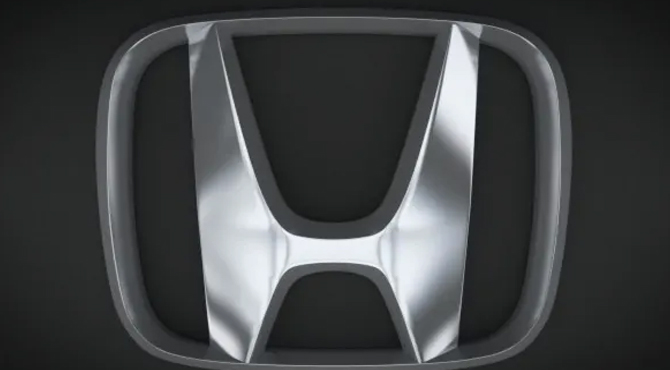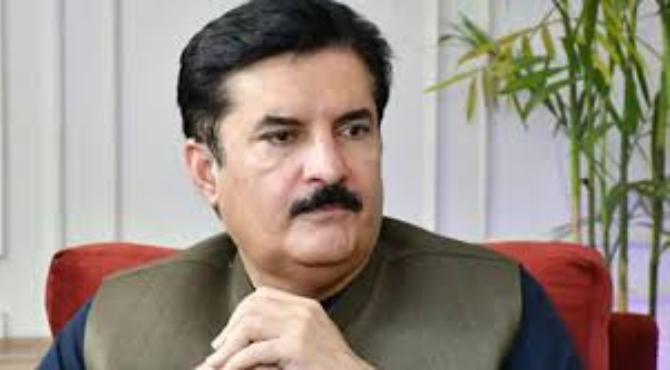TOKYO(National Times): Honda Motor Co. reported a 30 percent slide in operating profit in the latest quarter, as the global semiconductor shortage slowed production and undercut deliveries.
In announcing financial results on Friday, Honda also cut its sales and profit outlook for the current fiscal year ending March 31, 2022, citing the worse than expected microchip hit.
In the July-September quarter, the Japanese carmaker’s operating profit sank to 198.9 billion yen ($1.78 billion), from 282.9 billion yen ($2.53 billion) the previous year.
Parent company operating profit margin dropped to 5.8 percent, but it languished at only 2.1 percent for the core automotive business.
Honda said net income fell 31 percent to 166.6 billion yen ($1.49 billion) in the fiscal second quarter ended Sept. 30. Revenue slipped 6.8 percent to 3.40 trillion yen ($30.45 billion), as worldwide deliveries dropped 27 percent to 917,000 vehicles, from 1.25 million a year earlier.
Executive Vice President Seiji Kuraishi said Honda expects the global microchip crisis to begin easing early next year, but not in time for the company to recover fully by the end of the current fiscal year on March 31, 2022. “The impact was greater than previous forecast,” he said.
The only tailwinds providing major support to Honda’s earnings in the recent quarter were favorable foreign exchange rates. But even those forex windfalls were not enough to offset the blow of plunging revenue as Honda cut back on output and sales suffered in turn.
Honda cut its fiscal year earnings outlook, saying that operating profit is now expects to be flat at 660.0 billion yen ($5.91 billion) in the current fiscal year ending March 31, 2022. That is down from its earlier outlook, predicting operating profit would increase to 780.0 billion yen ($6.99 billion).
Honda also downgraded its sales outlook by 650,000 vehicles. Honda now expects its global volume to fall 7.6 percent to 4.2 million vehicles this fiscal year. It sees North American sales sliding 16 percent to 1.4 million vehicles and Europe declining 4.5 percent to 105,000 units.



















